basement redo on the cheap?
nicole93089
15 years ago
Related Stories
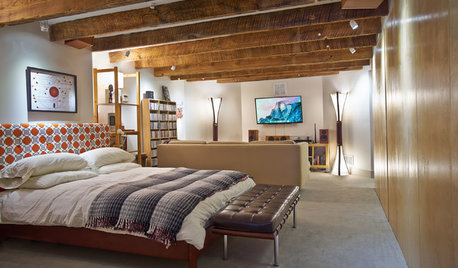
BASEMENTSRoom of the Day: Swank Basement Redo for a 100-Year-Old Row House
A downtown Knoxville basement goes from low-ceilinged cave to welcoming guest retreat
Full Story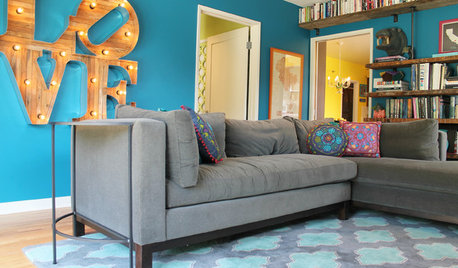
BUDGET DECORATINGEasy, Beautiful, Cheap: Managing the 3 Points of Home Projects
When you're decorating or building, it helps to be realistic about what's possible. Here are some equations to ponder
Full Story
HOME TECHThe Future of Home Automation: Cheap, Wearable and Mobile!
Look for smart watches and glasses that can control your smart-phone apps, which in turn automate your home equipment
Full Story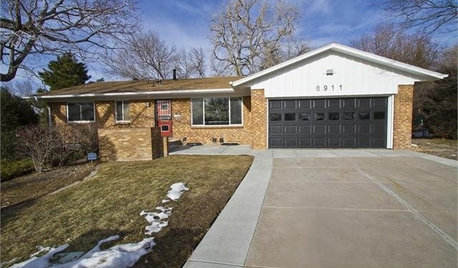
HOUZZ TOURSHouzz Tour: 1960s Ranch Redo in Denver
This sibling team balanced their renovation budget by spending where it counts, and turned their Colorado childhood home into a showplace
Full Story
TRADITIONAL HOMESHouzz Tour: Redo Shines Light on 19th-Century Newport Beauty
The renovated Rhode Island home boasts gorgeous woodwork, an appealing wraparound porch and a newly spacious kitchen
Full Story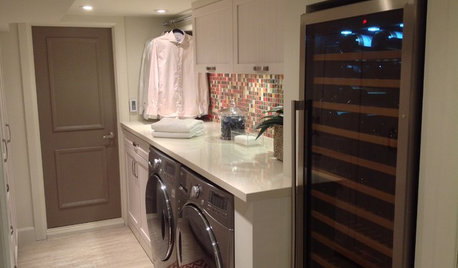
LAUNDRY ROOMSLaundry Room Redo Adds Function, Looks and Storage
After demolishing their old laundry room, this couple felt stuck. A design pro helped them get on track — and even find room to store wine
Full Story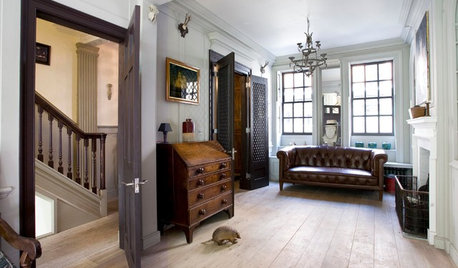
TRADITIONAL HOMESHouzz Tour: Redo Brings a 1720s London Home Into the Present
Skillful renovation and an eclectic mix of art, antiques and furnishings update an 18th-century townhouse
Full Story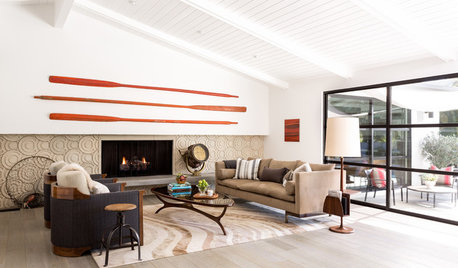
MODERN HOMESHouzz Tour: ’50s Ranch Redo Could Be a Keeper
An experienced house flipper puts his creative talents to work on an L.A. remodel designed for his own family
Full Story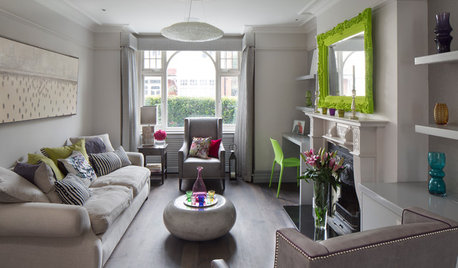
HOMES AROUND THE WORLDHouzz Tour: Fresh, Sophisticated Redo Wakes Up a Tired London Flat
Bold color punctuates the contemporary gray and white interior in this redesigned apartment
Full Story
MUDROOMSThe Cure for Houzz Envy: Mudroom Touches Anyone Can Do
Make a utilitarian mudroom snazzier and better organized with these cheap and easy ideas
Full StoryMore Discussions






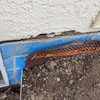
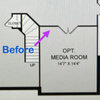

fnmroberts
nicole93089Original Author
Related Professionals
Hillsboro General Contractors · Palatine General Contractors · Red Wing General Contractors · West Whittier-Los Nietos General Contractors · Lake Elsinore Interior Designers & Decorators · Wareham Interior Designers & Decorators · Covington Flooring Contractors · Gaffney Flooring Contractors · Hubert Flooring Contractors · Louisville Flooring Contractors · Lynbrook Flooring Contractors · Mount Vernon Flooring Contractors · Powder Springs Flooring Contractors · Washougal Flooring Contractors · Fullerton Flooring Contractorsfnmroberts
fnmroberts
chris8796
nicole93089Original Author
fnmroberts